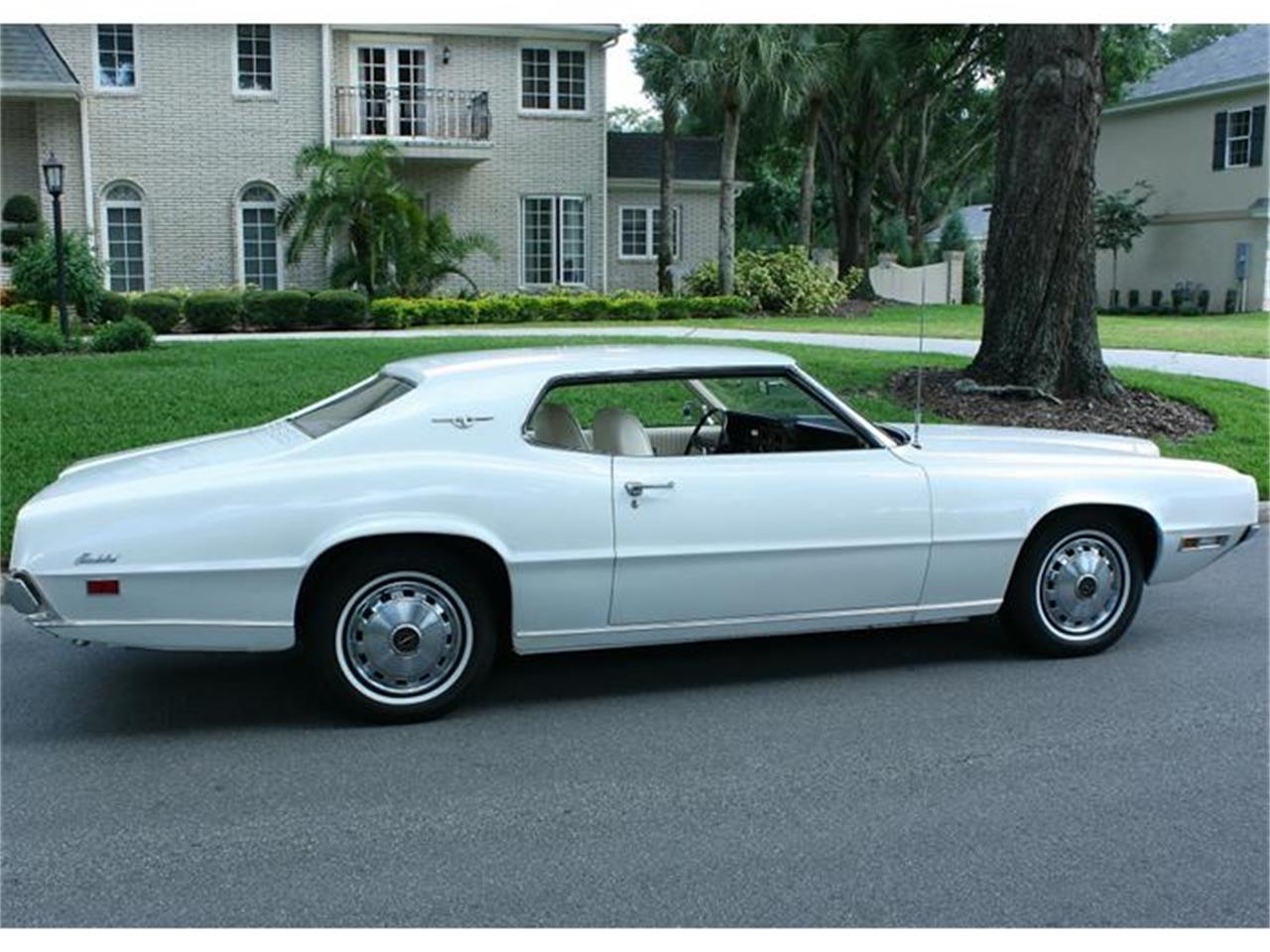

The 1967 Thunderbird Landau's interior featured a Tiny fins on the front fenders were made of soft rubber too, and then deleted entirely shortly after the start of production. Optional lights on an overhead console warned if a door was open, fuel was low, or a seat belt had been left unfastened.Ī renewed interest in safety brought pliable rubber grab handles, recessed sun visors, and even shoulder belts, one year ahead of federal mandate. The swing-away steering wheel now tilted as well. The dash housed more conventional instruments but still swept into a massive center console, and the rear seats continued to wrap around at the outboard edges. Flow-through ventilation, an innovation in 1964, was continued in the new generation. Thunderbird fanciers would find more design continuity inside.
THUNDERBIRD CAR 1970 WINDOWS
Vent windows vanished, and the rear quarter glass now retracted horizontally into the roof pillar for more rattle-free operation. Individual sections still lit sequentially to signal a turn.Ī bright molding along the bottom edge of the body visually connected the front and rear bumpers. Out back, the trunk lid gently echoed the "dog-bone" theme of 1964-1966, above a single huge taillight that stretched from fender to fender. The most-wanted of the 1967 Thunderbirds was the To learn about the resulting 1967 Ford Thunderbird, continue to the next page.Ī huge bird emblem spread across the eggcrate-textured grille was a clue as to the direction of the 1967 Ford Thunderbird design, although the Thunderbird's traditional hood scoop faded into a mere power bulge.

But design vice president Gene Bordinat mated Boyer's own "very smooth flowing" theme to a bold, jet-scoop front end created in the Corporate Projects Studio under Dave Ash. Other proposals displayed a slab-sided Lincoln massiveness. One tried to push the crisply folded, rocket-ship theme a little further, only to find that it had already gone as far as it could go in 1964-1966. Boyer identified at least six, two each from three separate studios. In his invaluable memoir, Thunderbird: An Odyssey in Automotive Design, former Thunderbird studio chief William P. Of course there were other, competing proposals for the 1967 program. Certainly, Ford designers shaped some very Toronado-like clays around that time. There's a story, difficult to confirm, that the Toronado design had been leaked to Ford around 1964. Its influence is there to see in the 1967 Thunderbird in the concealed headlights, in the blade-like thrust of the front fenders, in the roofline that fades into the trunk and quarter panel, in the wide-open wheel flares. The 1963 Riviera surely must have turned some heads in Dearborn, but Ford looked particularly hard at the first Oldsmobile Toronado, long before it ever appeared in showrooms. The new trick up Ford's sleeve for 1967 was aįour-door Thunderbird with "suicide doors." But whether it remained "unique in all the world," as its advertisements still insisted, is debatable. The all-new Thunderbird that resulted for 1967 was unquestionably quieter, more refined, and more roadable than any of its smaller ancestors.

Veteran Ford designer Gale Halderman, who worked on every generation of Thunderbird from 1958 to 1989, recalled a general feeling that the Thunderbird had to grow larger, too, to maintain its position in the sales race. The General Motors coupes were larger than the Thunderbird and, beginning in 1966, offered more conventional interior layouts.

That said, it is nonetheless clear that from 1964 on, the product planners responsible for the Thunderbird were carefully watching the General Motors "E-bodies" in their rearview mirror - and perhaps paying a little less attention to the road ahead. Even as late as 1971, neither the fabulous boattail Riviera nor the new and outlandishly gothic Toronado could out-gun a five-year-old Thunderbird body shell wearing a year-old face lift. The Riviera snuck past the Thunderbird in 1969, only to be slammed back in its place in 1970. In 1967, the Thunderbird beat the Riviera and Toronado combined it even finished ahead of the lower-priced Pontiac Grand Prix every year from 1964 to 1968. In the 1960s, the Ford Thunderbird ruled the full-size, personal-luxury segment, consistently outselling the Buick Riviera, Oldsmobile Toronado, and Cadillac Eldorado. The 1967 Ford Thunderbird was dominant in theįull-size luxury market. If GM's cars were big, the 1967-1971 Ford Thunderbird would be, too. Anxious to preserve the Thunderbird's popularity, Ford planners warily eyed General Motors's moves in the personal-luxury market.


 0 kommentar(er)
0 kommentar(er)
